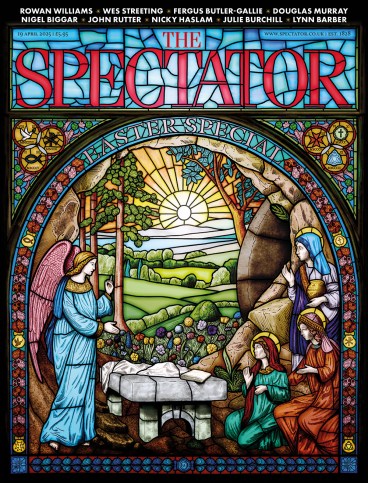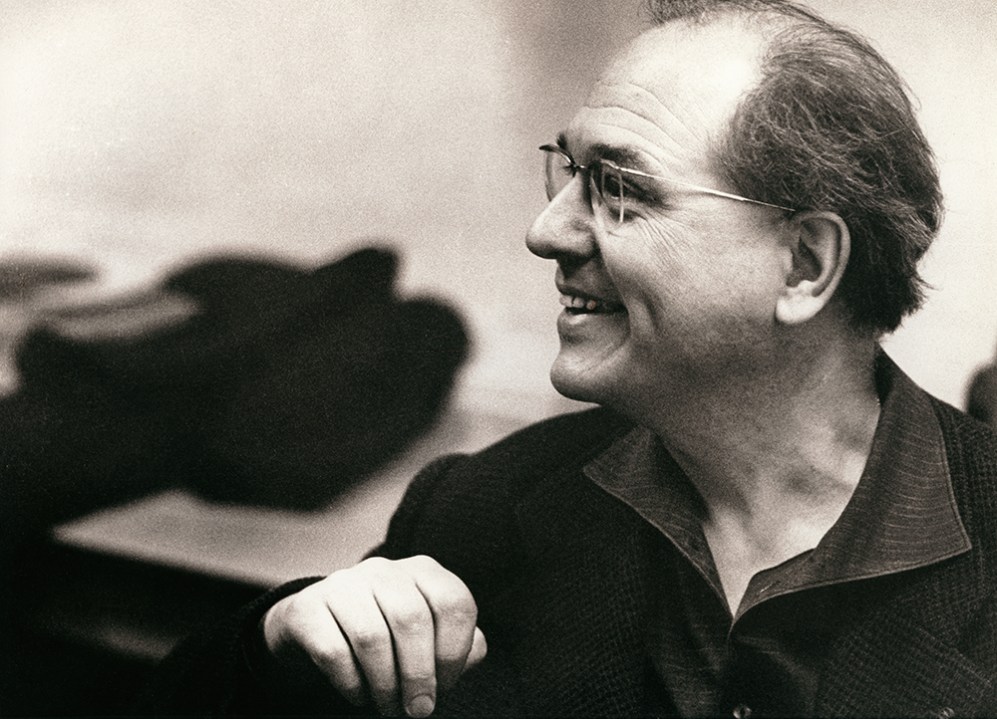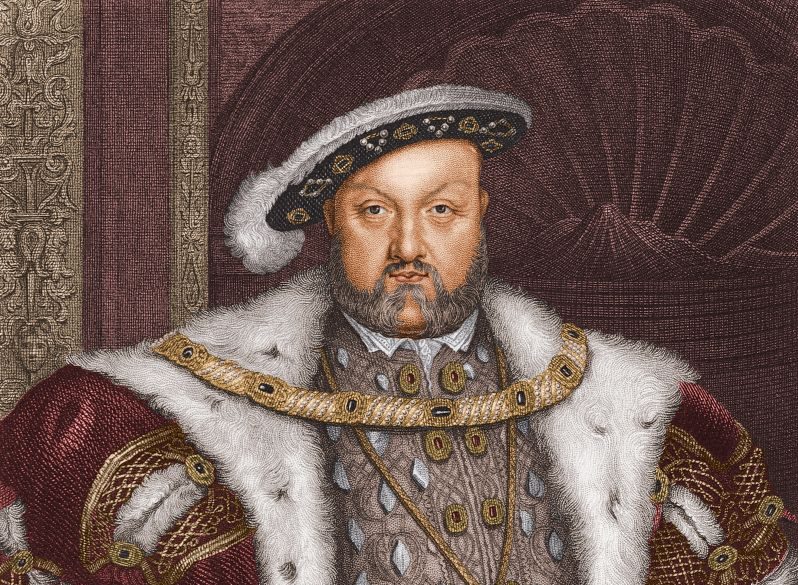
Olivier Messiaen was a French composer steeped in the solitude and ecstasy of Catholic mysticism: everything he wrote was dedicated to the greater glory of God. He was in thrall to the liturgical works of Stravinsky, but also to the percussive cling-clang of Javanese gamelan music and other eastern sonorities. His thirst for ‘un-French’ music sometimes put him at loggerheads with the Paris old guard who found him as fandangled and foreign as a pagoda.
His ability to create new possibilities in sound was of course what made him modern. Messiaen was scarcely 20 when he wrote his hauntingly strange Préludes for piano in 1929 and the no less mysterious orchestral suite Les offrandes oubliées (Forgotten Offerings). These are among the most lovely works of devotional music to have come out of interwar Europe. The hushed intensity of the music, which has scarce metre or pulse, later left its mark on Miles Davis, for one, who saw in the French composer a pre-jazz master of the sonic impressionist sketch. There was a stillness in early Messiaen that suggested new horizons.
His most famous composition by a long chalk is Quatuor pour la fin du temps (Quartet for the End of Time). Written for clarinet, violin, cello and piano, it was first performed in the winter of early 1941 at Stalag VIII-A, a German POW camp in Görlitz, Silesia, where Messiaen was a prisoner. The ‘end’ in the title refers to the abolition of time as proclaimed by the Angel of the Apocalypse in the Book of Revelation. The Quartet’s wild and whirling passages reflect the drama of St John’s prophecy, but overall the impression is of a quiet, melancholy contemplation of the divine. The piece was a signpost in the development of contemporary classical music; its third movement, ‘Abyss of the Birds’, evokes a blackbird’s song and is utterly beautiful or, as the poet and librettist Michael Symmons Roberts puts it, ‘heartsore in its longing’. The Quartet combined the abstract pianistic moods of Debussy with a gamelan-like sense of ‘movement through stasis’. It has been a staple of Symmons Roberts’s adult life.
His meditation on Messiaen and the legacy of the prison camp masterwork looks at a religious avant-gardist who was often misunderstood and vilified in his day. (Messiaen’s Turangalîla-Symphonie was likened to ‘bordello’ music when it premiered in 1949: its electronic whoop sounds and giddy-making colouristic alchemy exasperated many critics.) Messiaen persisted with his musical vision. In his lifelong fascination with bird song Symmons Roberts detects a St Francis-like reverence for living creation. Messiaen believed that birds had managed to fly free of the suffering attendant on the Fall and somehow survived ‘intact in our wounded world’.
He had experimented with transcription of bird song since his teens and by the end of his long career in the early 1990s he had built up an archive of more than 200 notebooks of birdcall notation with audio recordings made by his wife as backup. The notebooks became the basis for his extraordinary 1950s cycle for piano known as the Catalogue d’oiseaux, in which dawn chorus trills and answering calls metamorphose musically into a new avian idiom. Debussy’s translation of the sea into orchestra in La Mer undoubtedly provided a model for Messiaen, who took non-western harmonic developments a step further into Stock-hausen territory.
Messiaen’s elevation of bird song into a state of holiness became a touchstone for Symmons Roberts during Covid lockdown when, he writes, ‘the world contracted to the size of a house and a small garden’. He tape-recorded blackbirds in full-throated chirp in his back garden outside Manchester and became quite an obsessive ornithologist. Like Messiaen, Symmons Roberts is a Roman Catholic who believes in the symbolic real presence during the Eucharist. (He is currently poetry editor of the indispensable Catholic weekly the Tablet).
In a beguiling chapter, ‘Tangle of Rainbows’, he visits the site of Görlitz camp on the German-Polish border, which is now a pilgrimage destination for Messiaen enthusiasts. According to popular myth, the Quartet was performed with Messiaen at the piano to an audience of 5,000 fellow POWs (or was it 400? – the record is uncertain). Reportedly the piano was a saloon-bar upright with sticky keys and the cello was missing a string. Symmons Roberts wonders about that. His guide says the instruments were most likely brought in brand new from Görlitz town and that the cello had its full complement of strings. Probably we shall never know the truth, which has got muddied by afterthought.
Along the way, Symmons Roberts connects the devotional poetry of John Donne and the agonised spiritual musings of Simone Weil to Messiaen, whose music amounts to one of the most profound spiritual contemplations of our age. This wonderful book should help to win the strange, bird-fixated composer new admirers.









Comments